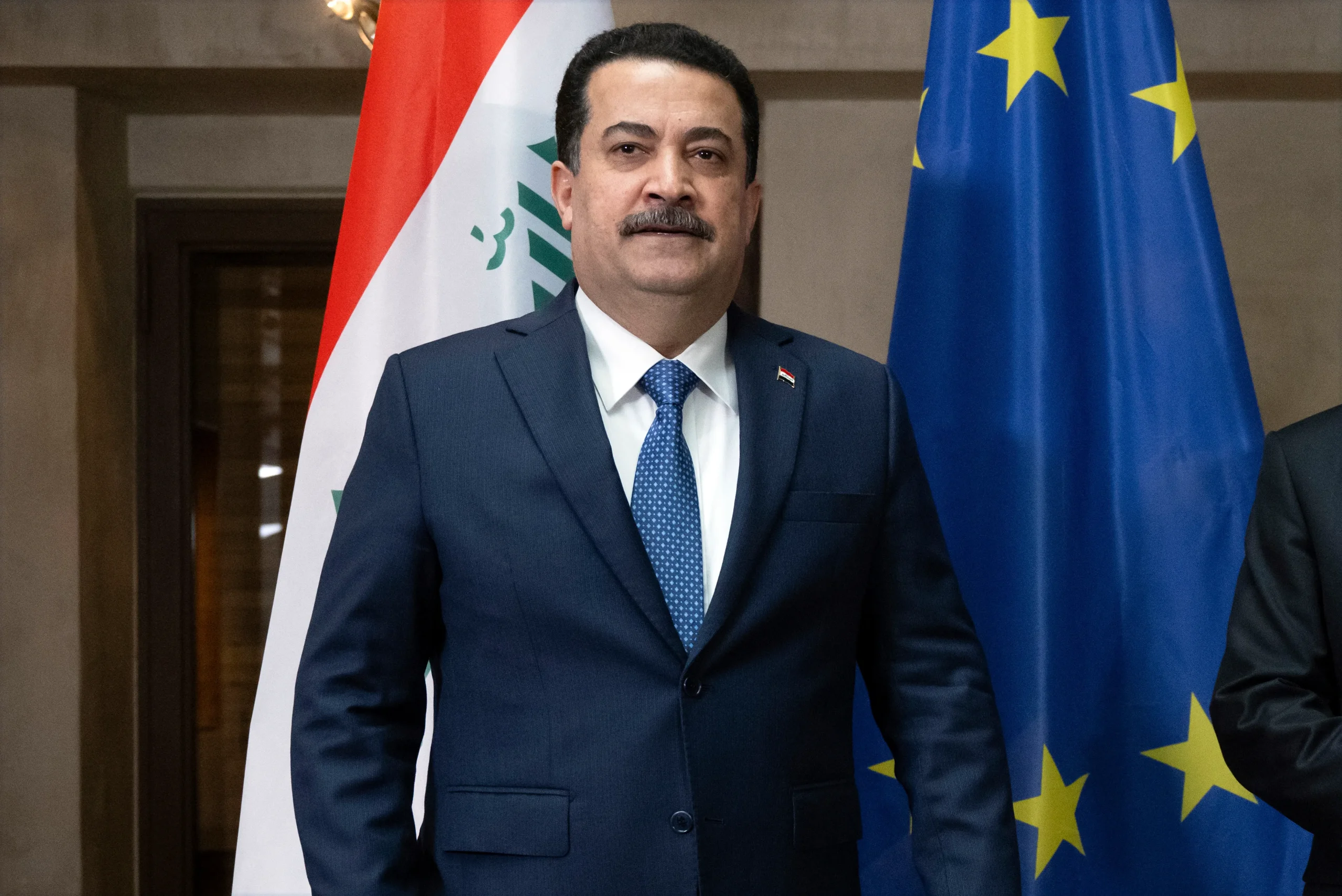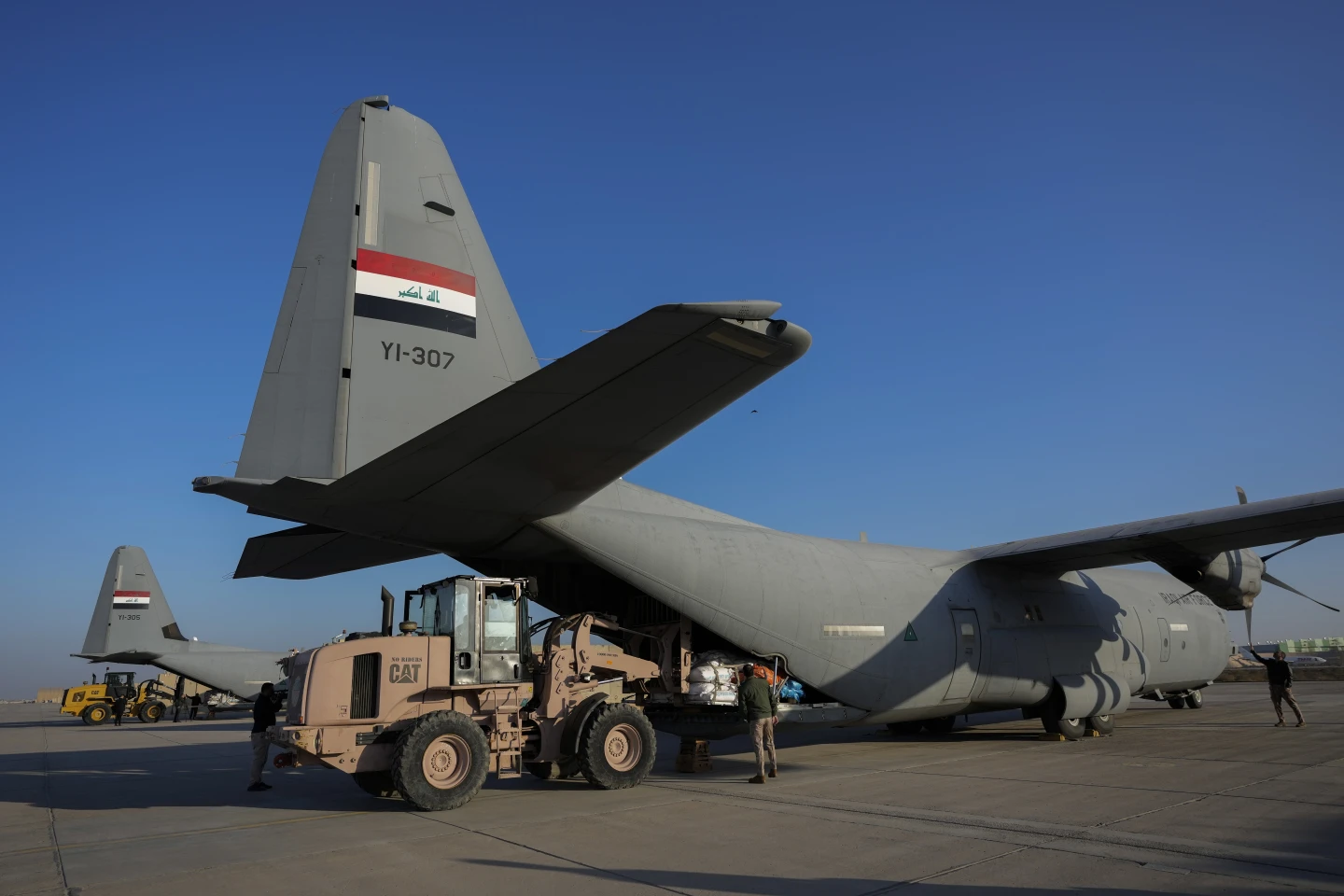The U.S. has reached an agreement with the Iraqi government to end the military mission of the American-led coalition fighting ISIS by 2025. While specific details about troop numbers have not been disclosed, U.S. forces are expected to withdraw from some key bases, including Ain al-Asad airbase and Baghdad International Airport.
These troops will be relocated to the Hareer base in northern Iraq’s Kurdistan region. The Biden administration has not confirmed a full withdrawal, emphasizing that the American military presence in Iraq will evolve into a different form of security cooperation after the coalition mission concludes.
This transition is happening during a period of heightened tensions in the Middle East, particularly with the ongoing Israel-Hamas conflict and increased attacks on U.S. bases by Iranian-backed militias. U.S. troops in Iraq have faced consistent threats from these militias, particularly since the outbreak of the Israel-Hamas war.
Iraq has been negotiating the withdrawal of coalition forces for several months, a move seen as essential for managing domestic political pressures and balancing its relationships with both the U.S. and Iran.

U.S. and Iraq Reach Agreement to End Coalition Mission by 2025 Amid Ongoing Regional Tensions
The drawdown will occur in two phases. The first phase will see the conclusion of the coalition’s fight against ISIS by 2025, followed by a phased relocation of U.S. forces.
The second phase extends the U.S. presence through 2026, with the possibility of some troops remaining in Iraq’s Kurdistan region to support anti-ISIS operations in Syria. Iraqi officials have indicated that some American forces may remain at the request of the Kurdistan regional government after 2026.
The Iraqi Prime Minister, Mohammed al-Sudani, emphasized the capability of Iraq’s security forces to defeat ISIS remnants, while the U.S. plans to transition to a bilateral security relationship with Iraq.
However, domestic Iraqi politics are complicated by Iran’s influence and calls from groups like the Iran-backed Asaib Ahl al-Haq militia for the removal of U.S. forces. The continued American presence remains a sensitive issue, with concerns about the potential resurgence of ISIS and regional security.
The U.S. military has had a complex history in Iraq, beginning with the 2003 invasion aimed at ousting Saddam Hussein. After an initial withdrawal of combat troops in 2011, U.S. forces returned in 2014 to combat the rise of ISIS.
Despite ISIS losing control of significant territory, the U.S. has kept about 2,500 troops in Iraq to assist with counter-ISIS operations. The U.S. presence also serves as a check against Iranian influence and the transfer of weapons to Hezbollah in Lebanon.











































